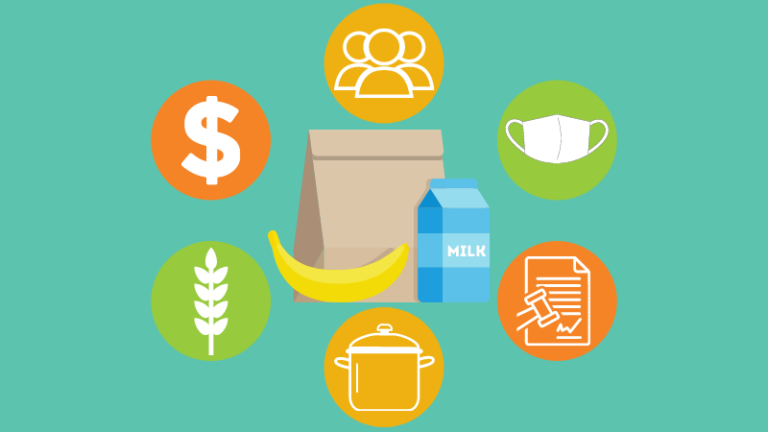
The 2020-2021 school year was unprecedented. We are beyond impressed and inspired by the ability of schools across the nation to adapt and find creative solutions to problems never faced before. From day 1 of shelter-in-place orders and shutdowns, schools jumped into action serving millions of meals 100% free of cost to any child 18 and under. Meal pick-ups became the center of many communities, supporting the parents as much as their students. Many districts were able to partner with local food companies, food pantries, and farms to offer supplemental food boxes for families to take home along with their children’s meals. This provided further hunger relief, and at the height of the pandemic, schools were serving more meals than food banks. One silver lining of the pandemic is the higher awareness around school meal programs, the role they play in their communities, and the importance of building better support systems so they can continue to feed our children in the highest quality ways.
After 13 months of navigating a pandemic and redefining school food service, we surveyed our network of school food leaders to gain a better understanding of their top concerns coming out of the 2020-21 school year and looking forward to 2021-22. With a 45% response rate, we received insights from leaders representing over 900 schools and 500,000+ students, representing diverse demographics. You can read the full report here.
As expected, budget and staff ranked overwhelmingly high as top concerns for the majority of our respondents. A decrease in meal participation and school shut downs had a significant impact on funding. Covid-19 operational adaptations were a top concern for over half of our respondents as many unknowns about the next school year still remain around student participation and what in person school looks like now. Impacts to their supply chains as well as scratch cooking were ranked as a top concern for roughly 40% of our respondents. We know that many Food Service leaders want to implement more scratch cooking, but it could not be a top priority for most given all of the other complexities of serving meals in a pandemic. One district we spoke with told us they had to reduce their scratch cooking to use their central kitchen for packing weekly meal boxes. Food service teams prioritized consistent, mass meal distribution above all else.
Not listed among the rankings, but shared by nearly all respondents was the need for more support – from parents, the greater community, and state and federal government. 78% of all respondents commented, unprompted, about the disconnect between school meal programs and the understanding of barriers and challenges, and how many could be overcome with more staff, parent, and community involvement.
Schools want to feed children and have nutrition at their core, but don’t always have the resources they need. One of our respondents urged the importance of, “communicat[ing] to stakeholders the true value our meals bring to kids” in order to garner more support for these programs. Eat REAL works alongside district leaders to create action plans towards a more nutritious and sustainable program, while working within the constraints their district faces. Our Certification program helps to raise awareness around school meals and help guide school food service programs to better communicate their impact to their communities.
As another respondent highlighted, “We take our students’ health and nutrition to heart in planning a menu that is well balanced but well received. We listen to what their favorites are and try to build on that every day. We are well aware that their day begins and ends with us and if they are not well nourished they will be unable to learn.”
We hope to help amplify these voices and concerns, and continue the momentum of support school meal programs have gained during the pandemic. It’s time to let go of the stigmas surrounding school meals and acknowledge the vital role these programs play in ensuring the health and well being of our children and planet.
Share this post
Share on facebook
Share on google
Share on twitter
Share on linkedin
Share on pinterest
Share on print
Share on email
